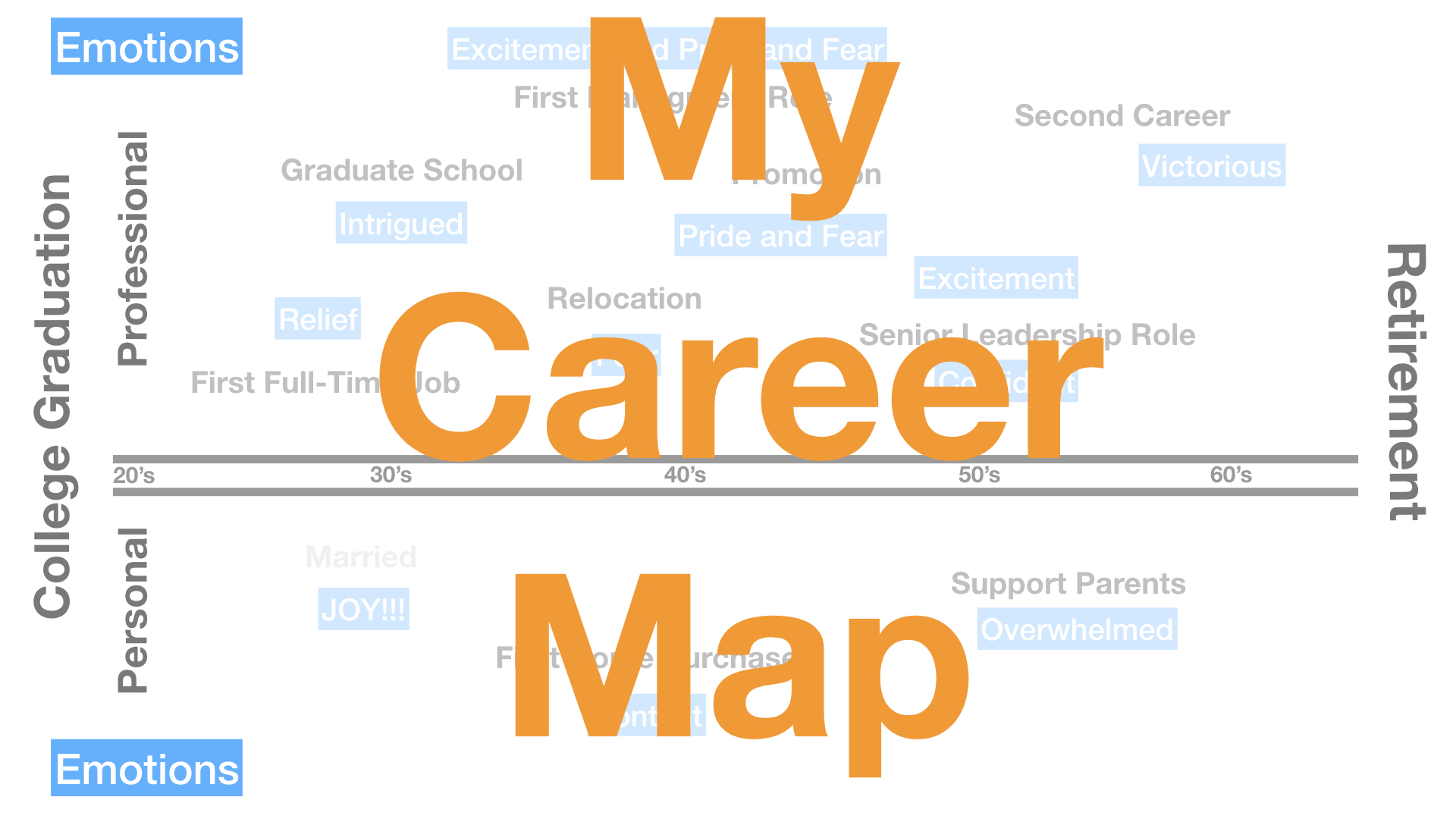How do you introduce yourself?
Every class, every networking event, every first-time meeting starts the same
– the dreaded introductions.
Your inner voice is obsessed with what you are going to say, you find yourself cringing in anticipation of your few seconds in the spotlight.
“My name is _________, I am a _________ for ________ .”
You emphasize your job title, your company, and not YOU!
“Did I sound stupid . . . pompous . . . arrogant?”
“Ugh . . . I stumbled . . . it’s over!”
Glad it’s over? Wait?
There is something really wrong here as this is our chance to begin to connect and give others a peek into our true identity. The identity that is brilliant and is in eager anticipation to connect with the brilliance of others.
In my work, I find people’s identity gets tangled into their role and organization. When, or if, they find themselves in transition and without a “job” they are lost.
How to find Brilliance in Your Identity
- Grab some creative thinking supplies– colored pens and a large, preferably long, piece of paper. You can also create this on a Word document, PowerPoint slide, or your preferred computer software such as MindMap.
- Create a timeline of your life horizontally at the middle of the paper. I suggest marking it off in 10-year increments.
- Map your career starting with your first job or your first major academic achievement.
- Map the major personal events in your life. For the purpose of this activity, you might not want to get too granular – just highlights. I do suggest journaling your life’s story in greater detail at some point in time, however, for this activity I suggest sticking to the major highs and lows.
- Correlate each milestone and/or event to your emotions. How did you feel at the time of the event? What is the emotion now that the event has passed? What have you been making that event mean? But, why emotions? Neuroscientists are clear – we are not doing beings, we are human beings that have emotions. “. . . neuroscientist Antonio Damasio reminds us, ‘We are not necessarily thinking machines. We are feeling machines that think.’” Brown, Brené. Dare to Lead (p. 43)
- Review and glean wisdom. What thoughts and FEELINGS come to mind as you process your map? What lessons did you learn from your setbacks and successes? How did you embrace change, collaboration and criticism in your journey to this point? What can you learn about your effort that you want to apply to your future goals? How can you begin to showcase your brilliance in your introductions? Are there keywords or phrases you might want to share about yourself when chatting with others?
Mapping your career will help you build your confidence and own your brilliance. It isn’t about bragging but about being intentional in where you want to go professionally and about showcasing your hard work. It’s about preparing yourself for the next big innovative, collaborative project on your journey of brilliance.

